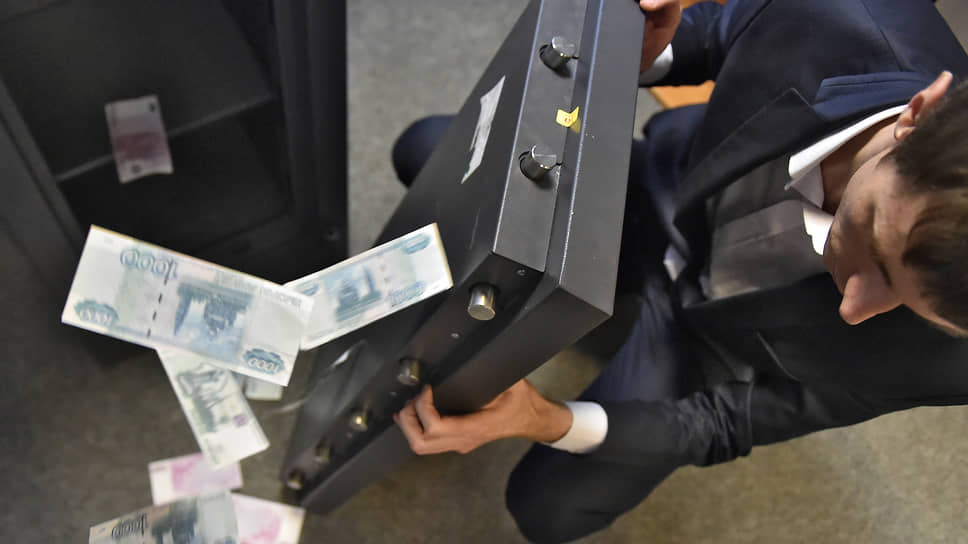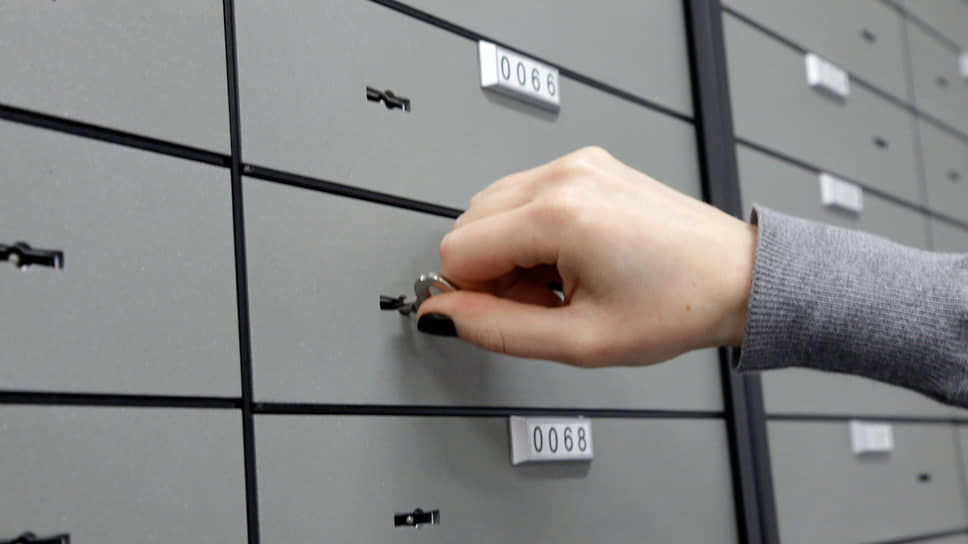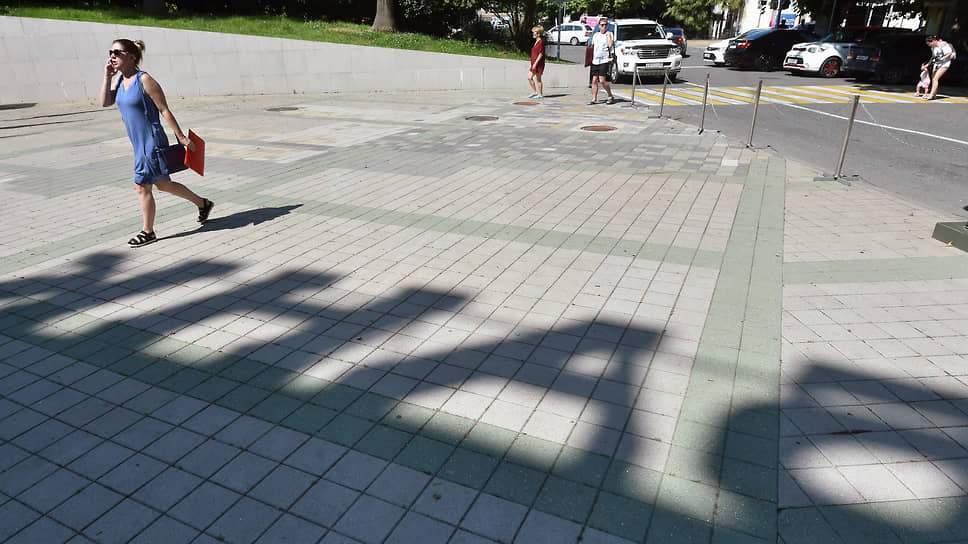Rates have increased in the short term – Kommersant FM
[ad_1]
Short-term deposits in Russian banks have become more profitable than long-term ones, Forbes drew attention to this. After the Central Bank raised the key rate by 3.5% in mid-August 2023, credit institutions began to increase the yield on deposits. However, the process was uneven. Rates on short-term deposits (usually from one to three months) rose by 2-3%, while long-term deposits increased by less than 1%.
What is the reason for this strategy? And how soon will yields correct? Ivan Uklein, director of banking ratings at Expert RA, suggests that this indicates the hope of credit institutions for a reduction in the key rate:
“Banks initially, at the time of a sharp tightening of monetary policy, try to include the maximum risk premium in loans, but at the same time not increase the cost of liabilities for a long time and do not fix deposits for the long term at increased rates, counting on the fact that the rhetoric of the Bank of Russia in If inflation is curbed, it will soften somewhat.
In any case, players try to offer more or less market rates for the shortest-term products – savings accounts and deposits for one to three months. At the same time, it is not profitable for them to offer rates on longer-term instruments at the maximum level.”
Back in early August, the profitability of long-term deposits exceeded 9%, while three-month deposits were at the level of 7%, Forbes writes, citing data from the Financial Services platform.
If the key rate remains high, and there are all the prerequisites for this, banks will stop offering short-term instruments with maximum profitability, says independent financial analyst Sergei Skatov:
“Few believed that the higher rate would last long. The strategy of the product committees was built on this scenario and deposit rates were updated. As long as the key rate remains the same, we are ready to offer high returns on deposits; when it drops – why overpay clients if in the future we will be able to attract money from the market cheaper?
But at the moment, the Central Bank has hinted to market participants three times that the rate will remain high for a long time. Accordingly, the zero-coupon yield curve has already been revised.
So, most likely, next month after the next meeting of the regulator we will see another round of increases, and these rates are likely to level out.
At the same time, based on the structure of household savings, we now see that very few cash rubles that are in the economy end up in deposits. Their volume is about 25 trillion rubles. Everything else from the remaining approximately 50 trillion rubles. – This is cash and funds in accounts. These could be short savings accounts or simply debit cards.
Over the past few months, clients have been preferring higher liquidity to the profitability that banks could offer. In essence, offering higher deposit rates suggests that people will, as it were, lock in this “short” money for a shorter period.
But it seems to me that this is not something that greatly changes the economy for the bank, but simply some way to attract a new client base.”
Investors can benefit from this situation if their investments are designed for the long term, noted independent financial adviser Natalya Smirnova:
“You can use this story with short-term deposits, and then jump from them, for example, into long-term bonds. This will be especially good if the third type of IIS is introduced next year, because they do not imply any contribution limit, that is, it will be possible to deposit any amount into this account.
That is, after the Central Bank meeting, having made sure that the rate will not be raised, you can open a short-term deposit, say, for three months, and then switch to an IIS in long-term OFZs, for which the yield can now be 11% or even higher.
But all this is worth doing provided that the investor has a sufficient amount of time, in this case five years, so as not to pull money out of the IIS.”
A similar trend was observed in February-March 2022, when the regulator raised the key rate to 20%. Then, as Forbes writes, the weighted average rate on short-term deposits reached almost 19%, while on long-term deposits it barely exceeded 9.5%.
Everything is clear with us – Telegram channel “Ъ FM”.
[ad_2]
Source link








